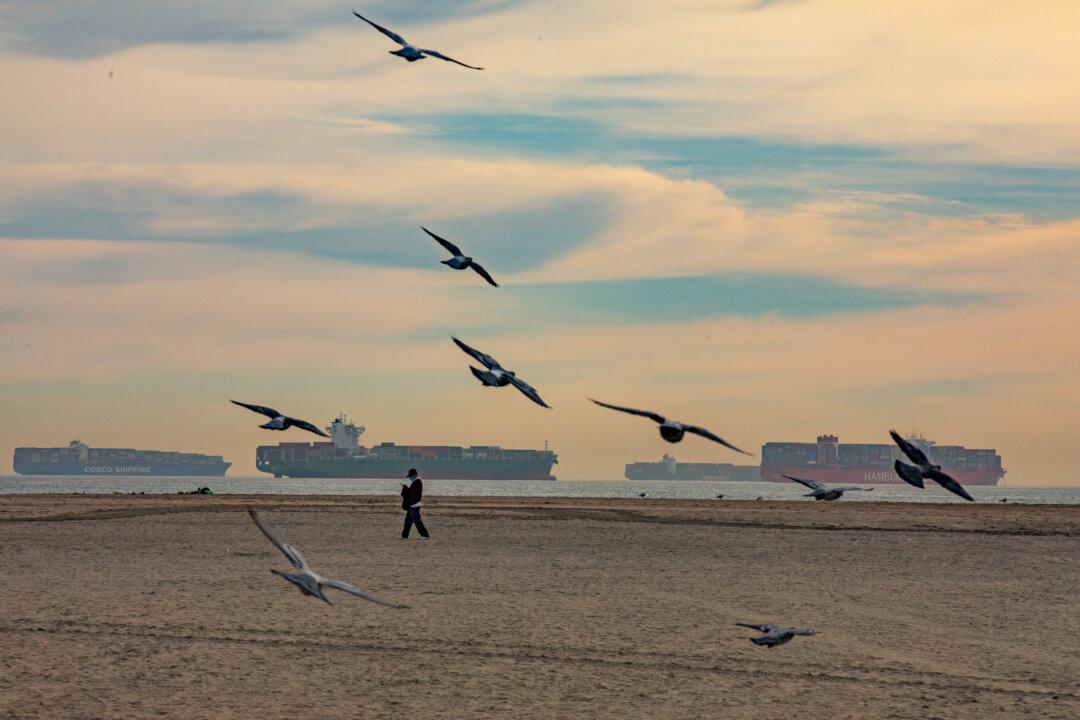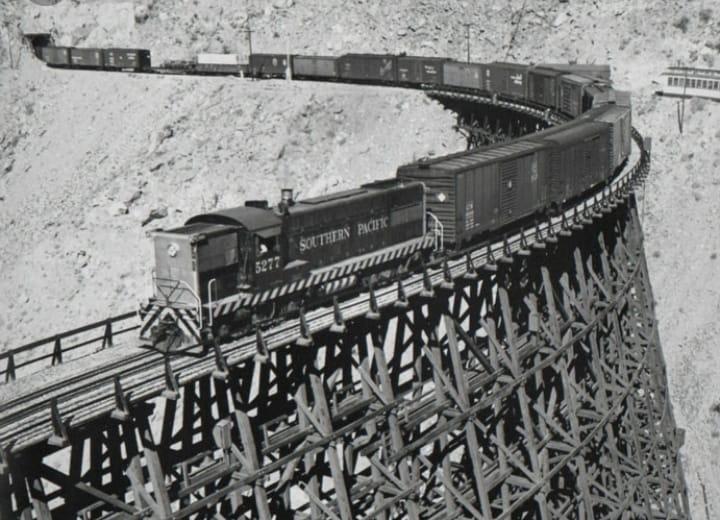While the ports of Los Angeles and Long Beach saw record amounts of cargo volume and a record number of container ships waiting to unload in September, the worst of the backlog may be over. However, the effects on the global supply chain are expected to remain for months.
On Sept. 30, 90 container ships were at port, down from 97 from the day before, according to Kip Louttit, executive director of the Marine Exchange of Southern California. A total of 62 container ships were anchored or adrift compared to 64 the day before, and 28 were at berth, down from 33.





